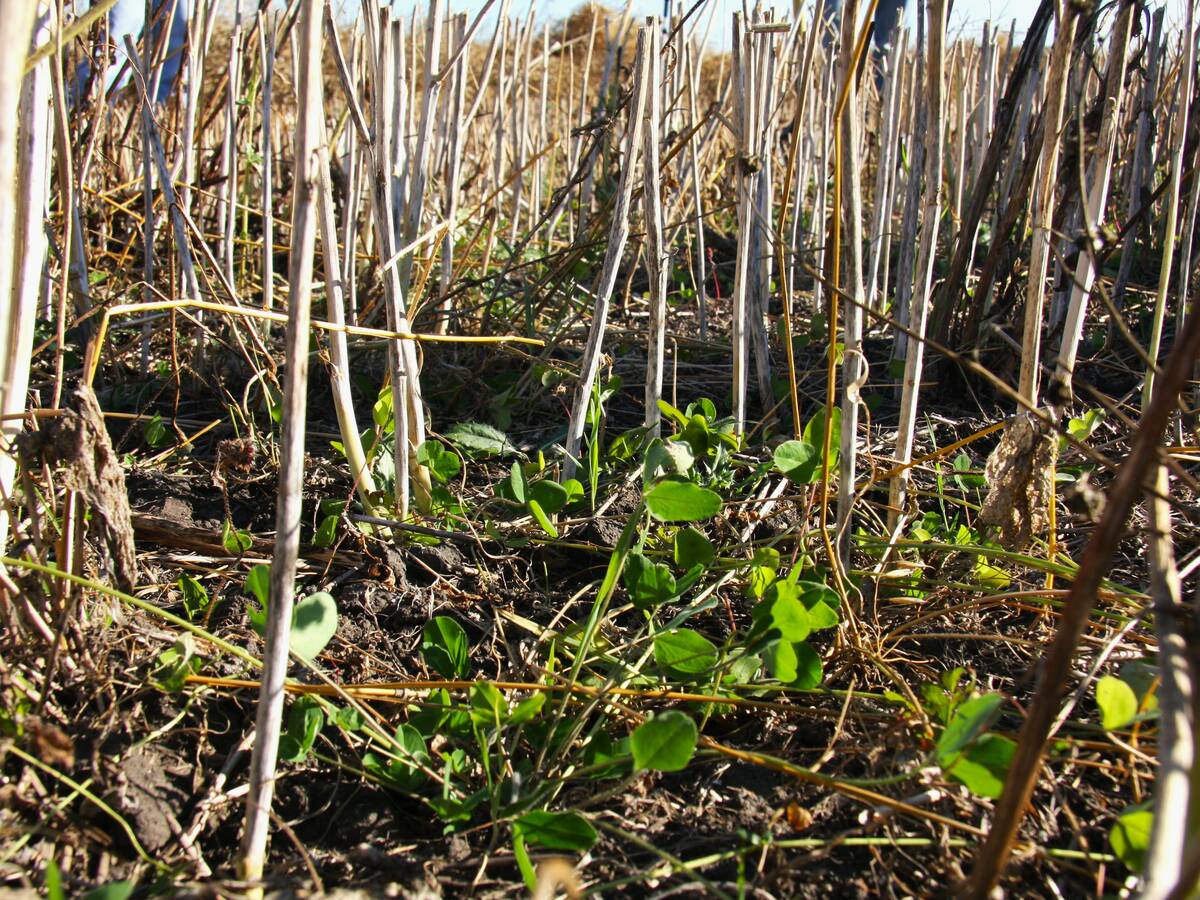GENEVA, Switzerland (Reuters) — La Nina could occur in a weak form this year, says the World Meteorological Organization.
The weather phenomenon is typically linked to flooding in the Asia- Pacific region, drought in the U.S. southern plains and a more intense hurricane season over the Atlantic Ocean.
A borderline La Nina situation has developed in recent weeks in the tropical part of the Pacific Ocean, where sea surface temperatures have cooled slightly.
However, the United Nations agency said there is an equal chance of neutral conditions returning.
Read Also

Saskatchewan project sees intercrop, cover crop benefit
An Indigenous-led Living Lab has been researching regenerative techniques is encouraging producers to consider incorporating intercrops and cover crops with their rotations.
“If a La Nina event does occur, current indications are that it would be considerably weaker than the moderate to strong 2010-11 episode, which ended in May 2011,” the organization said in a statement calling for continued close monitoring.
However, there is virtually no prospect of El Nino occurring this year, it said in an assessment based on data from climate prediction centres and experts worldwide.
El Nino is La Nina’s opposite weather phenomenon, which warms the Pacific. La Nina, a natural cooling of the Pacific Ocean, occurs every two to seven years, causing major climate fluctuations, including altered tropical rainfall patterns.
The 2010-11 La Nina episode was linked to disastrous flooding in parts of Australia at harvest, slashing the quality of the wheat crop. It caused dry weather in the first half of Argentina’s soybean growing season and is associated with the extreme drought gripping Texas, Oklahoma and southern Kansas.
La Nina weather could return to again delay planting of Brazil’s grain crop, forcing Chinese buyers to rely on U.S. Gulf port soybeans longer and putting Brazil’s corn output at risk, grain specialists said.














